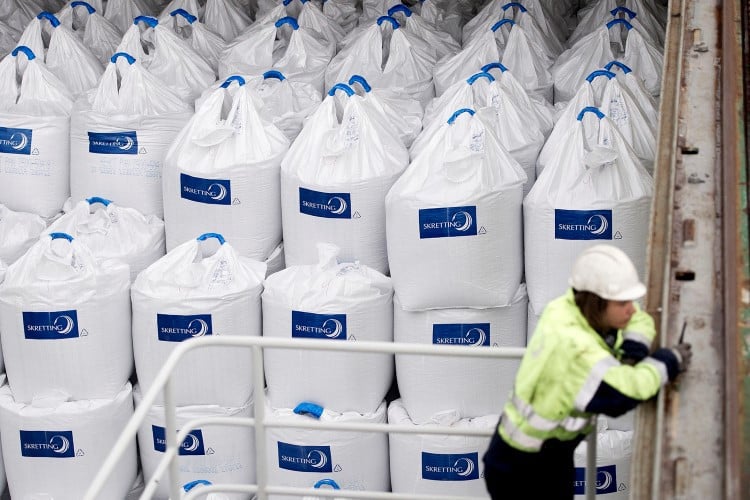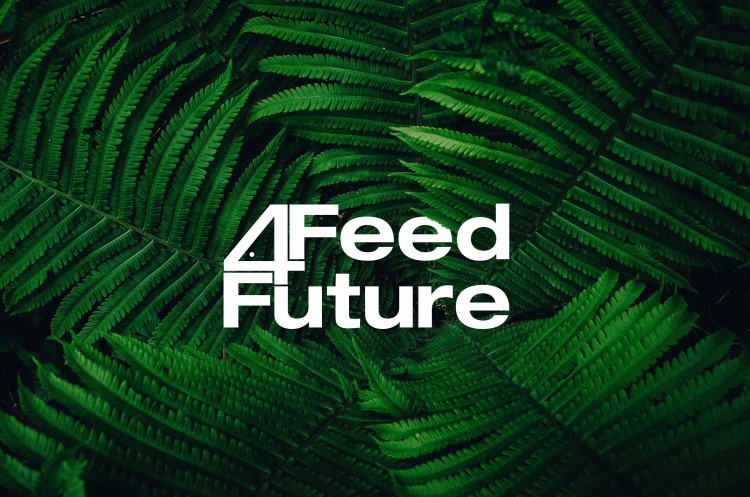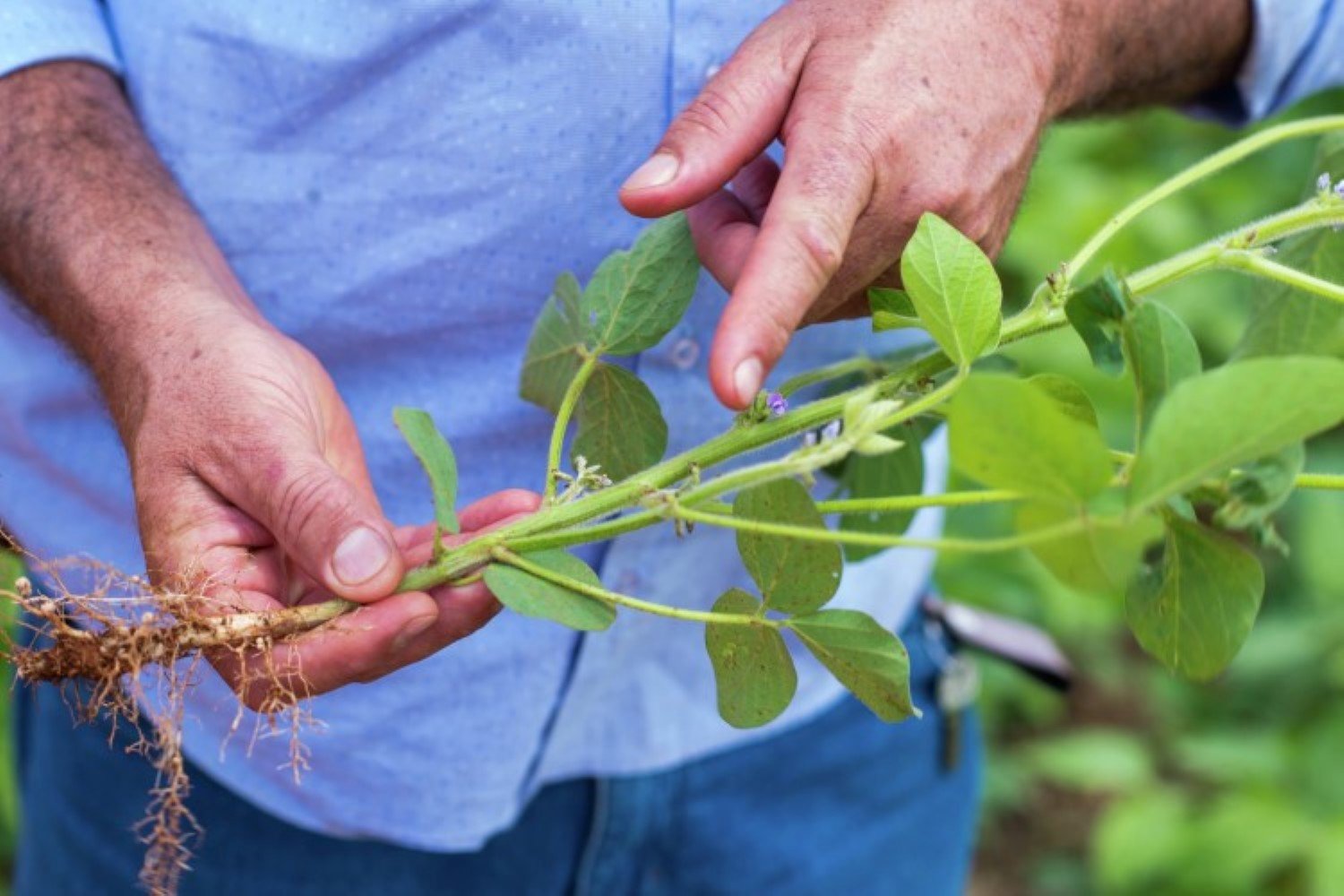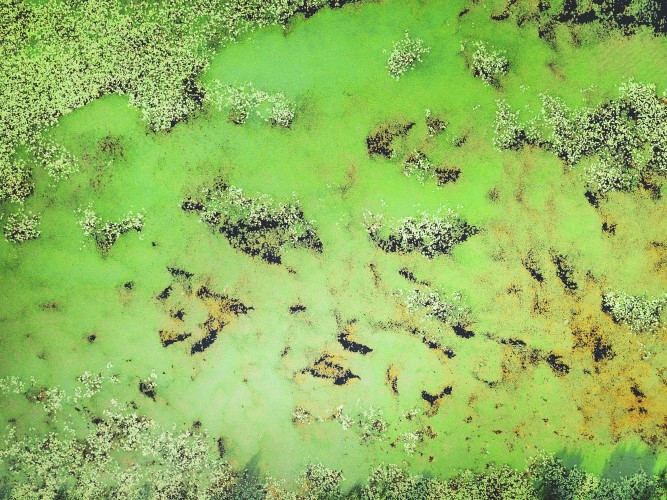
Greenhouse gases
Greenhouse gases (GHGs) are gases that contribute to global warming by absorbing and emitting infrared radiation. There are many different gases classified as GHGs (both natural and caused by human activity) which, when released into the atmosphere, contribute to climate change. The most prominent GHGs are carbon dioxide (CO2), methane (CH4) and nitrous oxide (N2O).
In the context of LCAs, the focus is on the GHGs arising from human activity as listed in the Kyoto Protocol (see figure 1). The unit of measurement considering GHGs as a sum parameter and thus for a carbon footprint is carbon dioxide equivalents (CO2e).












